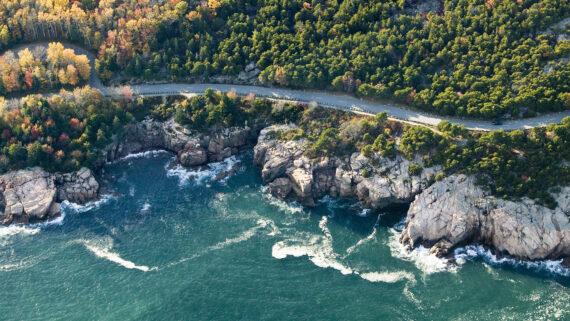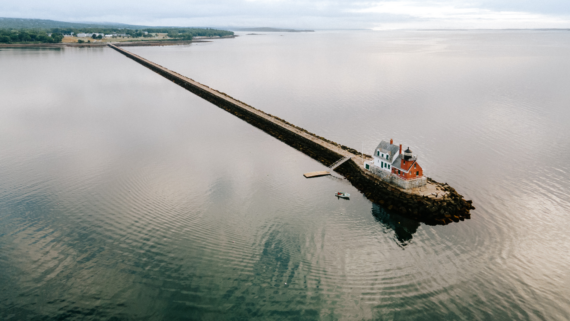
The Hunt for the “Grey Ghost:” How to Catch a Bonefish in the Florida Keys
May and June signal the start of bonefish season in the Keys. But this coveted sportfish isn’t nicknamed the “Grey Ghost” and “Silver Bullet” for no reason.
The “grey ghost” is aptly named. Nearly impossible to see in the water thanks to their unique silver- and blue-green coloring that helps the fish camouflage with their watery surroundings, bonefish are one of the most sought-after species in the Keys, accounting for roughly 95 percent of recreational fishing. They’re also extremely fast – clocking in at an impressive 40 miles an hour – making these slippery buggers a challenge to get a hold of if you manage to spot one. But that’s precisely the thrill. If you can get one of these premier gamefish on the line, it’s quite the heart-pounding prize. Here’s what you need to know if you ever hope to hook one.
About the Fish & Their Habitat
While bonefish can be found in the coastal waters in the Atlantic, Pacific, and the Gulf of Mexico, they are most common in the Keys, where, starting May and June, as the waters warm, they begin to flock to the flats to forage for shrimp and other small species of bait. And with the flats of Key West being home to an abundance of this food source, these particular fish grow to twice their standard size: six to 12 pounds.
How to Spot a Bonefish
They stay mostly in shallow water, three feet or less, so you’ll find them in grass flats and wide sand flats just offshore. But, because of their camouflage-like coloring, they can be tricky to spot. The easiest way to do so is to look for a tail (to feed, the bonefish first pins its prey to the ground with its nose, meaning the tail can often be seen sticking up out of the water). The best part? Where there is one bonefish, there are many: These social fish travel in schools that can range from 40 to 400 fish.
How to Hook a Bonefish
Those new to bonefishing will sometimes try to “trout-strike” them, meaning embed the hook in the fish after the fish has closed its mouth around the hook as quickly as possible. But that won’t work on a bonefish. To understand why, you have to understand how bonefish eat. They live on bottom-feeding species (some fisherman claim that live shrimp is the best bait when dealing with the grey ghost) and eat them by pinning them to the ground and crushing them with the teeth in the back of their throat. In order to get the prey that deep into their mouth, they take a huge “bite” of the sandy bottom, expelling out water and sand slowly through their mouth and gills to essentially sift out their food. This means their mouths stay open for a while, so pulling too quickly will only immediately pull the line out of their open jaw. Instead, pull slowly and evenly in order to eventually puncture the cheek. The timing can be challenging, but once you’ve mastered it, all that’s left is the fight.
How to Lure a Bonefish
Bonefish are athletic fish. They are fast and strong, so you can expect a good fight from them. The first thing you need to know is that a bonefish is as likely to charge right at you as run away after you’ve hooked it and the key to handling this situation is to lift your rod up and back taking as much slack out of the line as possible. If the fish doesn’t charge, then you’re in for a pretty standard (if draining) fight. Just keep in mind that these fish are runners, first and foremost, so you have to be ready to let them run at a moment’s notice and ready to put the heat on the moment they stop.
How to Find the Right Guide
There are plenty of charters on the Keys, but not all are made the same. Some guides prefer to work with seasoned anglers, so they only offer to bring you where the fish are and help spot. Others, like Sundancer Charters, a preferred partner of Key West Opal resorts, like to work with newbies to teach them the finer art of hooking and fighting.
Where to Stay The Laureate Key West | Sunset Key Cottages







